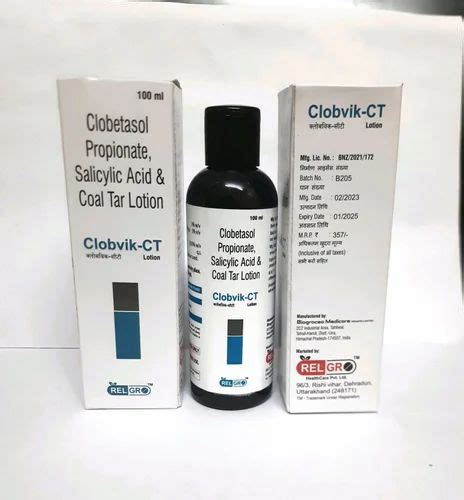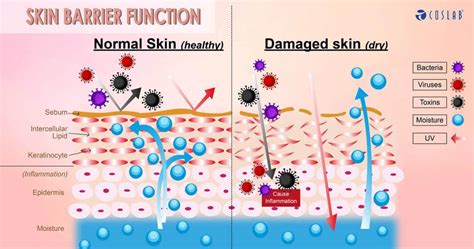Intro
Discover how Clobetasol Propionate works, a potent topical steroid, through 5 key mechanisms, including inflammation reduction, skin barrier repair, and immune response modulation, to effectively treat skin conditions like eczema, psoriasis, and dermatitis.
Clobetasol propionate is a highly potent topical corticosteroid used to treat various skin conditions, including eczema, psoriasis, and dermatitis. Its effectiveness in reducing inflammation and promoting skin health has made it a popular choice among dermatologists and patients alike. But have you ever wondered how clobetasol propionate works its magic? In this article, we will delve into the world of corticosteroids and explore the five ways clobetasol propionate works to provide relief from skin conditions.
The importance of understanding how clobetasol propionate works cannot be overstated. With the rise of skin conditions affecting millions of people worldwide, it is essential to have a comprehensive understanding of the treatments available. Clobetasol propionate is a powerful tool in the fight against skin conditions, and its mechanism of action is a key factor in its success. By understanding how it works, patients and healthcare professionals can make informed decisions about treatment options and develop effective strategies for managing skin health.
Clobetasol propionate has been widely used for decades to treat a range of skin conditions, from mild to severe. Its efficacy in reducing inflammation, itching, and redness has made it a staple in dermatology. But what makes clobetasol propionate so effective? The answer lies in its unique mechanism of action, which involves multiple pathways and interactions with the skin's natural processes. In this article, we will explore the five ways clobetasol propionate works to provide relief from skin conditions, and examine the benefits, risks, and best practices for using this powerful topical corticosteroid.
Introduction to Clobetasol Propionate

Reducing Inflammation

Key Players in Inflammation Reduction
The reduction of inflammation by clobetasol propionate involves several key players, including: * Pro-inflammatory cytokines: These signaling molecules promote inflammation and are inhibited by clobetasol propionate. * Anti-inflammatory cytokines: These molecules reduce inflammation and are upregulated by clobetasol propionate. * Immune cells: Clobetasol propionate modulates the activity of immune cells, such as T-cells and macrophages, to reduce inflammation.Modulating the Immune System

Immune System Modulation: Benefits and Risks
The modulation of the immune system by clobetasol propionate has both benefits and risks. On the one hand, it can provide relief from symptoms and reduce inflammation. On the other hand, it can increase the risk of infections and other immune-related complications. It is essential to use clobetasol propionate under the guidance of a healthcare professional to minimize the risks and maximize the benefits.Enhancing Skin Barrier Function

Key Components of Skin Barrier Function
The skin barrier is composed of several key components, including: * Lipids: These molecules help to prevent water loss and protect the skin from external stressors. * Corneocytes: These cells provide a physical barrier against external stressors and help to maintain skin hydration. * Tight junctions: These structures help to regulate the passage of molecules through the skin's outer layer.Reducing Itching and Pruritus

Itch-Inducing Molecules: The Role of Clobetasol Propionate
Clobetasol propionate reduces itching and pruritus by inhibiting the production of itch-inducing molecules, such as: * Histamine: This molecule is released by immune cells and causes blood vessels to dilate, leading to itching and pruritus. * Substance P: This molecule is released by nerve cells and transmits itch signals to the brain. * Cytokines: These molecules promote inflammation and itching, and are inhibited by clobetasol propionate.Improving Skin Appearance

Benefits of Improved Skin Appearance
The improvement of skin appearance by clobetasol propionate has several benefits, including: * Increased self-esteem: Improved skin appearance can boost self-confidence and self-esteem. * Improved quality of life: By reducing symptoms and improving skin appearance, clobetasol propionate can improve overall quality of life. * Enhanced social interactions: Improved skin appearance can reduce social anxiety and improve social interactions.What is clobetasol propionate used for?
+Clobetasol propionate is used to treat various skin conditions, including eczema, psoriasis, and dermatitis.
How does clobetasol propionate work?
+Clobetasol propionate works by reducing inflammation, modulating the immune system, enhancing skin barrier function, reducing itching and pruritus, and improving skin appearance.
What are the benefits of using clobetasol propionate?
+The benefits of using clobetasol propionate include reduced inflammation, improved skin appearance, and enhanced quality of life.
What are the risks of using clobetasol propionate?
+The risks of using clobetasol propionate include increased risk of infections, skin thinning, and other immune-related complications.
How should clobetasol propionate be used?
+Clobetasol propionate should be used under the guidance of a healthcare professional, and according to the recommended dosage and treatment duration.
In conclusion, clobetasol propionate is a highly effective topical corticosteroid that works in multiple ways to provide relief from skin conditions like eczema and psoriasis. By reducing inflammation, modulating the immune system, enhancing skin barrier function, reducing itching and pruritus, and improving skin appearance, clobetasol propionate can help patients achieve significant improvements in their skin health and overall quality of life. If you are suffering from a skin condition and are considering using clobetasol propionate, we encourage you to consult with a healthcare professional to discuss the benefits and risks of treatment. Share your thoughts and experiences with clobetasol propionate in the comments below, and don't forget to share this article with others who may benefit from this valuable information.
